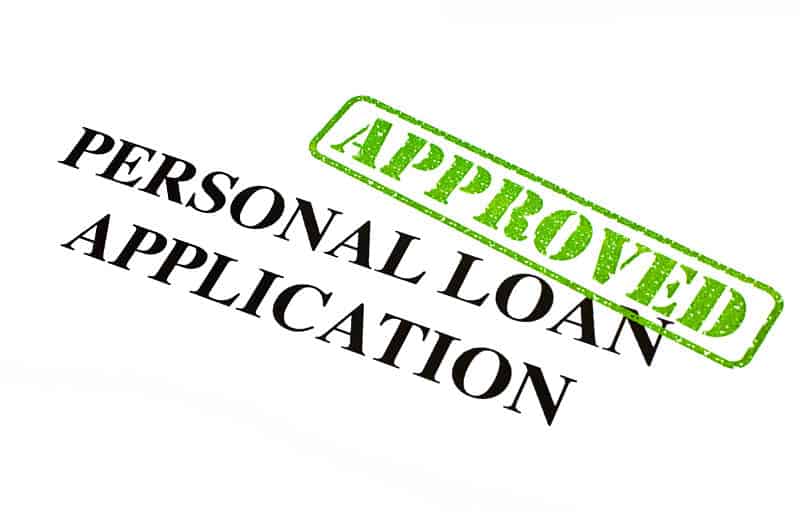Personal loans have become almost indispensable to the Canadian lifestyle, with the average household now carrying roughly $1.78 in debt for every dollar they earn.
$0.5k$5,000$35K
$0k$5,000$250K
1%15%59%
1 year2 year term5 years
$
$
$










